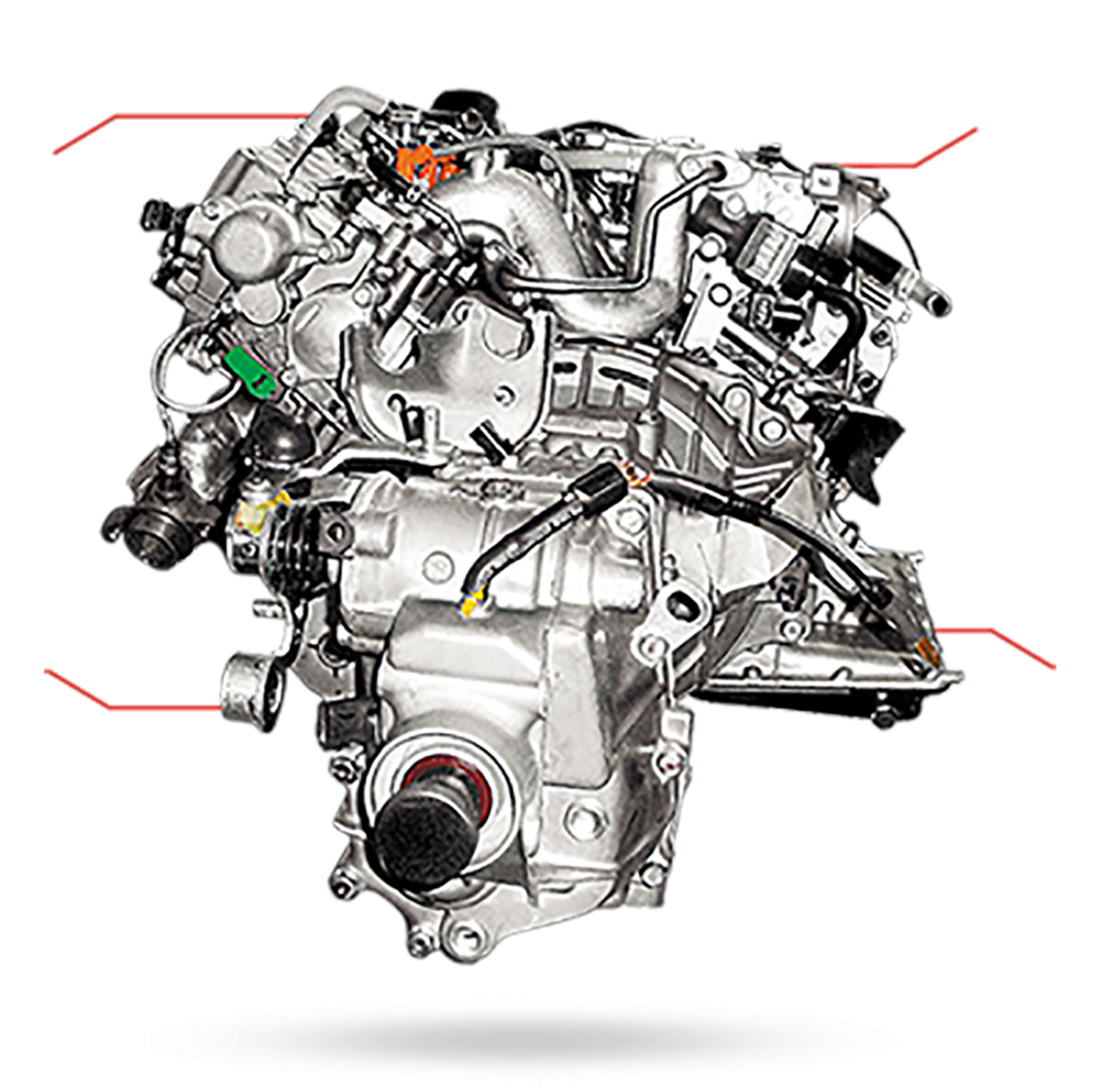In today’s commercial vehicle dynamics, diesel may not always be the right fuel choice. CNG has already proved that, seems like it’s time for petrol to follow suit!
Recently, one of our readers posed an interesting argument in my Facebook page on petrol-powered trucks of the bygone era. He wondered why the global commercial vehicle industry switched en masse to diesel in the last century, despite rapid improvements in petrol engines (taken up by the car industry) with clear advantages in terms of their mechanical simplicity and lower emissions. He implied that if in case trucks and buses held on to petrol engines just like the initial days, they could have ridden on the exceptional level of sophistication in performance and emission parameters that the car industry has achieved so far. Fairly right. If that had happened, by now our CVs may have been powered by downsized, turbo-charged petrol engines that are cheaper to develop, light in weight, NVH and maintenance, and the transport industry may not have gotten the ‘dirty’ polluter tag either. But there’s a catch in this reasoning.

First things first, we have to understand why diesels became popular in CVs. Towards the end of the 19th century, German engineer Rudolf Diesel was working on a new engine that can run on a variety of fuels including petrol, coal dust and vegetable oils, in which adiabatic compression of air inside the combustion chamber led to ignition of fuel, in contrast to spark-plug induced ignition that demanded standardized fuel with a relatively quick flash point. A major breakthrough it truly was, in the next decades, this engine model underwent significant improvements to replace steam engines in heavy applications like ships, submarines, and locomotives. Diesel engine-equipped trucks first appeared in Germany as early as in 1908, but found takers only in low-end and rural applications as these vehicles ran on a plethora of fuels and mixtures that were cheap and untaxed.
After World War II, standardized modern-quality diesel appeared. Rapid increase in cars pushed up the demand and taxation for petrol fuel, which prompted the oil industry to standardize diesel as an alternative and cheap fuel. By that time, the reliability and performance of diesel engines have also greatly improved with two distinctive advantages targeting commercial applications. One, they can support a variety of fuels, thus offering flexibility and cost-advantages time-to-time. For instance, during the 1970 oil crisis, may truckers across the globe were able to switch to cheap fuel oils with their diesel vehicles. This was prevalent in India as well up until 1990s, where-in many truckers used a 70-30 mix of kerosene and diesel to reduce their fuel costs. In recent times, diesel vehicles are also run using low-carbon gas-based and bio-fuels. Petrol engines support very few of these alternative fuels, and is costly.
Two, the lean running of a diesel engine owing to its high air-fuel ratio generates high torque at very low RPMs, a much-need boon for heavy vehicles and their load-carrying applications. This enabled the truck industry to free itself from the clutches of petrol engines that offered adequate torque only by large-capacity engines and at higher RPMs that compromised on fuel efficiency. It was only in the diesel era that truck makers were able to build higher-tonnage trucks that are both efficient and economical. Even today, the most fuel-efficient IC engine concept would be a turbo-charged diesel with direct injection. With recent advances in electronics and emission control technologies, modern Euro 6 diesel engines are greatly improved in terms of power and torque parameters, NVH levels, fuel economy and particulate emissions.
But yeah, the reader is partly right in his proposition on adopting petrol engines for CVs. Today, the factors determining the right fuel option are more than just fuel cost and torque considerations. There are a million sets of unique requirements and haulage applications in transportation, and what ultimately (and ideally) drives an operator is his TCO. So, there is no guarantee that diesel fits all vehicle segments and operations. In the last two decades, the penetration of CNG in our domestic CV space has been fairly great, striking the right chords in certain applications like city buses or SCVs for last-mile applications, despite its limitations. In similar fashion, petrol is also making in-roads into this heavily contested turf, you believe it or not. The debutants are Tata Ace Gold and Maruti Suzuki Super Carry. Their manufacturers are so confident on their market success, to the extent that Maruti Suzuki has discontinued its diesel variant altogether in favour of petrol and CNG variants!
Moreover, petrol engines make more sense for CNG variants of these CVs, thanks to their light weight and lower manufacturing costs, while also being relatively efficient and frugal in maintenance as against diesel engines. On the other hand, petrol variants also offer an opportunity for users to adopt LPG (as aftermarket fitment) in those cities where CNG is not available. Maruti Suzuki has already proved both these propositions with the market success of its ‘Omni’ and ‘Eeco Cargo’ delivery vans. Small and light duty segments are the perfect transition spaces for petrol engines in the commercial vehicle space, and it’s happening right now!
I’d love to know what you think, email you views to dhiyanesh@motorindiaonline.in